Incident Management
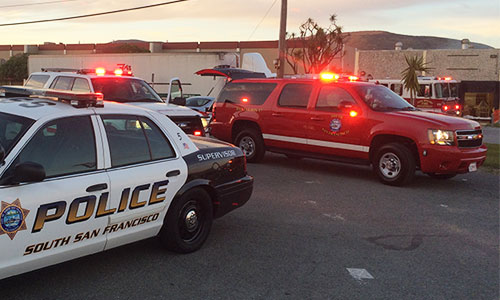
I-200: Basic Incident Command System
This course reviews the Incident Command System (ICS), provides the context for ICS within initial response, and supports higher level ICS training. This course provides training on, and resources for, personnel who are likely to assume a supervisory position within ICS.
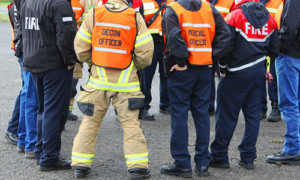
I-300: Intermediate Incident Command System
This 24 hour course provides description and detail of the Incident Command System (ICS) organization and operations in supervisory roles on expanding or Type 3 incidents. Topics include: ICS fundamentals review, incident/event assessment and agency guidance in establishing incident objectives, Unified Command, incident resource management, planning process, demobilization, transfer of command, and close out.
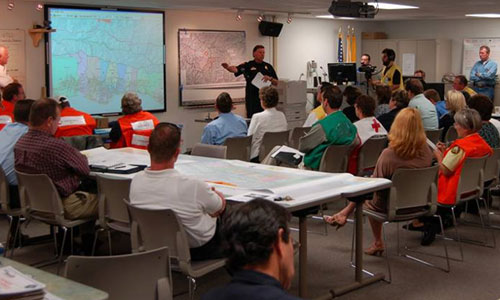
I-400: Advanced Incident Command System
This 16 hour course is designed for those emergency response personnel who would function as part of an Area Command, Emergency Operations Center, or Multiagency Coordination System during a large, complex incident or event or those personnel who are or would likely be part of a local or regional Incident Management Team during a major incident, whether single agency, multiagency or Unified Command.
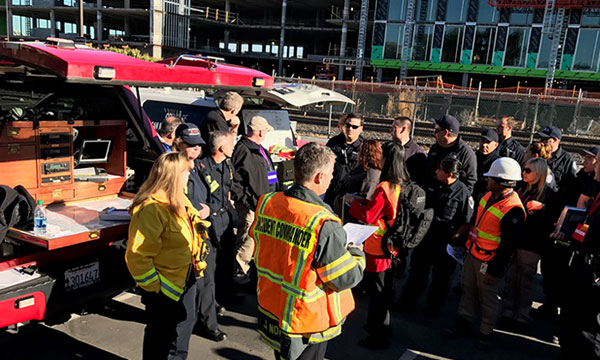
L964: All Hazards Situation Unit Leader
This course helps participants establish the essential core competencies required for performing the duties of the Situation Unit Leader (SITL) in an all-hazards incident. This course addresses all responsibilities appropriate to an SITL operating in a local or state-level All-Hazards Incident Management Team (AHIMT). These responsibilities include processing information and intelligence and developing displays.
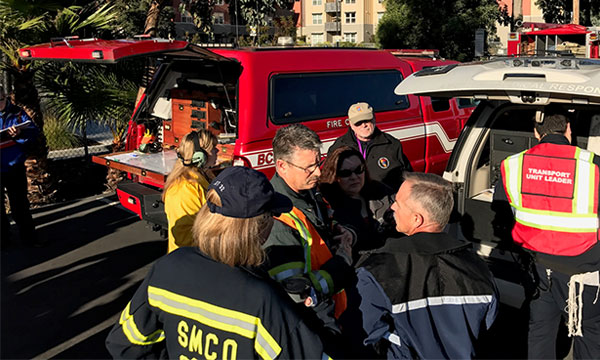
L965: All-Hazards Resources and Demobilization Unit Leader
This course provides an overview of Unit Leader responsibilities, the Planning Section, and the planning process to contextualize the Resources Unit for participants unfamiliar with the planning process or the Incident Command System. It then explores specific Resources Unit Leader functions and responsibilities including resource tracking systems, operational planning, and resource products/outputs. The Status/Check-in and Demobilization functions are covered.

S-190: Introduction to Wildland Fire Behavior
This course provides instruction in the primary factors affecting the start and spread of wildfire and recognition of potentially hazardous situations. S-190 is typically taught in conjunction with or prior to Basic Fire Fighter Training, S-130. It is designed to meet the fire behavior training needs of a Fire Fighter Type 2 (FFT2) on an incident as outlined in the PMS 310-1, Wildland Fire Qualification System Guide and the position task book developed for the position.
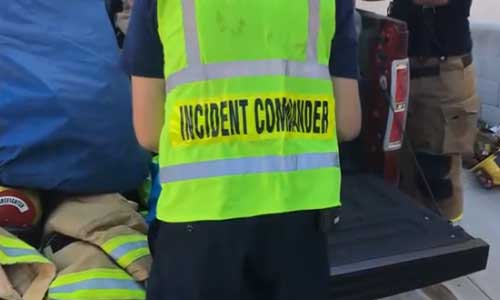
S-200: Initial Attack Incident Commander
This course is designed to meet the training needs of the Incident Commander Type 4. The six units cover: foundation skills, intelligence gathering and documentation, size-up, developing a plan of action, post-fire activities, evaluating incident objectives, and managing the incident. Evaluation of the student is by unit tests and performance-based evaluations.
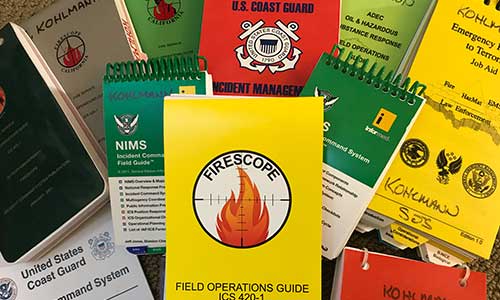
S-203: Introduction to Incident Information
Receive the skills and knowledge needed to serve as a public information officer. Topics include establishing/maintaining an incident information operation, communicating with internal/external audiences, working with the media, handling special situations, and long-term planning/strategy.
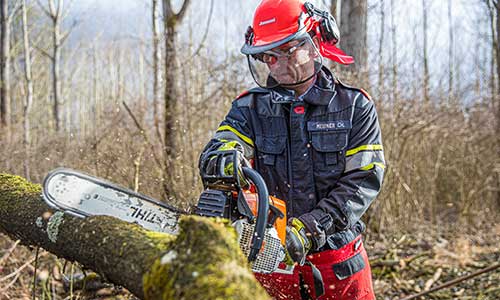
S-212: Wildland Fire Chainsaws
This course introduces the function, maintenance and use of internal combustion engine powered chain saws, and their tactical wildland fire application. Field exercises support entry-level training for fire fighters with little or no previous experience in operating a chain saw, providing hands-on cutting experience in surroundings similar to Fireline situations.
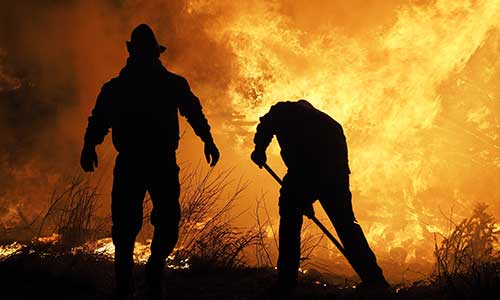
S-215: Fire Operations in the Wildland/Urban Interface
Designed to assist structure and wildland fire fighters who will be making tactical decisions when confronting wildland fire that threatens life, property, and improvements, in the wildland/urban interface.
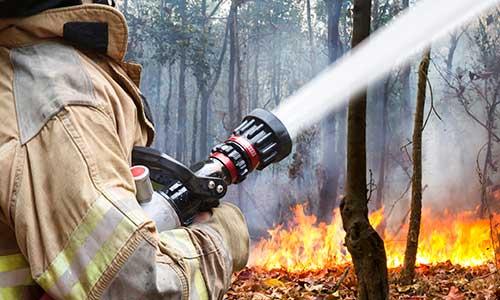
S-230: Crew Boss Single Resource
Training for the single resource boss position from initial dispatch through demobilization to the home unit. Topics include operational leadership, preparation and mobilization, assignment preparation, risk management, entrapment avoidance, safety and tactics, offline duties, demobilization, and post incident responsibilities.
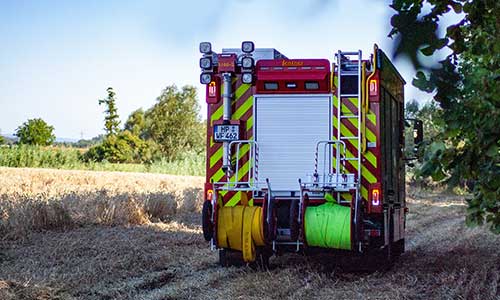
S-231: Engine Boss
Designed to produce student proficiency in the performance of the duties associated with ENGB. Topics include engine and crew capabilities and limitations, information sources, fire size-up considerations, tactics, and wildland/urban interface.
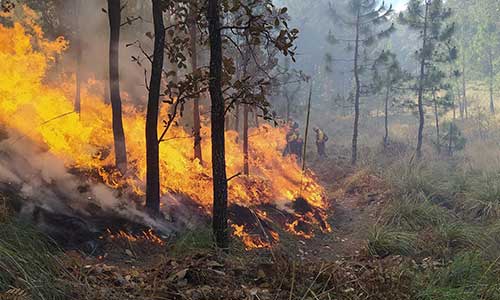
S-244: Field Observer
This course provides the student with the skills necessary to perform as a field observer (FOBS) and/or a fire effects monitor (FEMO). Topics include roles and responsibilities of the FOBS and FEMO; how to make observations and document those observations; how to produce hand drawn and GPS field maps; and how to navigate using a compass and GPS. The navigation unit has 4½ hours of field exercises and the final field exercise is 8 hours.

S-245: Display Processor
This course provides students with the skills necessary to perform as a Display Processor (DPRO). Topics include general roles and responsibilities and how to assist the situation unit leader with producing incident maps, inputs for the Incident Status Summary (ICS-209) and other incident products. The final exam is 3 hours.

S-270: Basic Air Operations
This course covers aircraft types and capabilities, aviation management and safety for flying in and working with agency aircraft, tactical and logistical uses of aircraft, and requirements for helicopter take-off and landing areas. Note: the regulations, procedures, and policies addressed in this course are primarily those governing federal agency and ICS operations. State, county, or other political subdivisions using this course will need to consult their agency having jurisdiction with respect to regulations, procedures, and policies.

S-290: Intermediate Wildland Fire Behavior
This is a classroom-based skills course designed to prepare the prospective fireline supervisor to undertake safe and effective fire management operations. It is the second course in a series that collectively serves to develop fire behavior prediction knowledge and skills. Fire environment differences are discussed as necessary; instructor should stress local conditions.
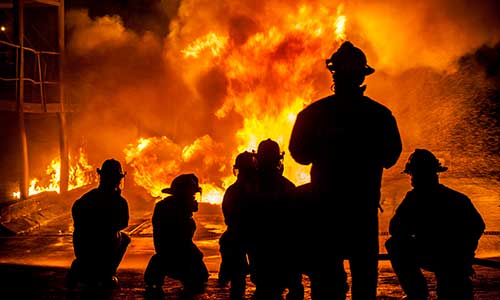
S-330: Task Force/Strike Team Leader
Designed to meet the training requirements outlined in the Wildland Fire Qualification System Guide and the Position Task Books (PTB) developed for the positions of Task Force Leader and Strike Team Leader and specific to wildland fire suppression. If students are expected to perform in some other risk area, exercises and examples appropriate to the expected risk should be added.
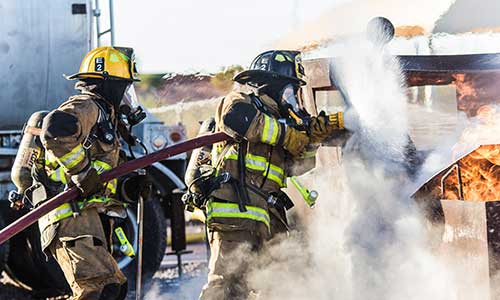
S-404: Safety Officer – All Risk
Designed to meet the training needs of the Safety Officer position in the incident command system. Topics include safety officer effectiveness, analysis techniques, safety messages, briefings and reports, and high hazard operations.
